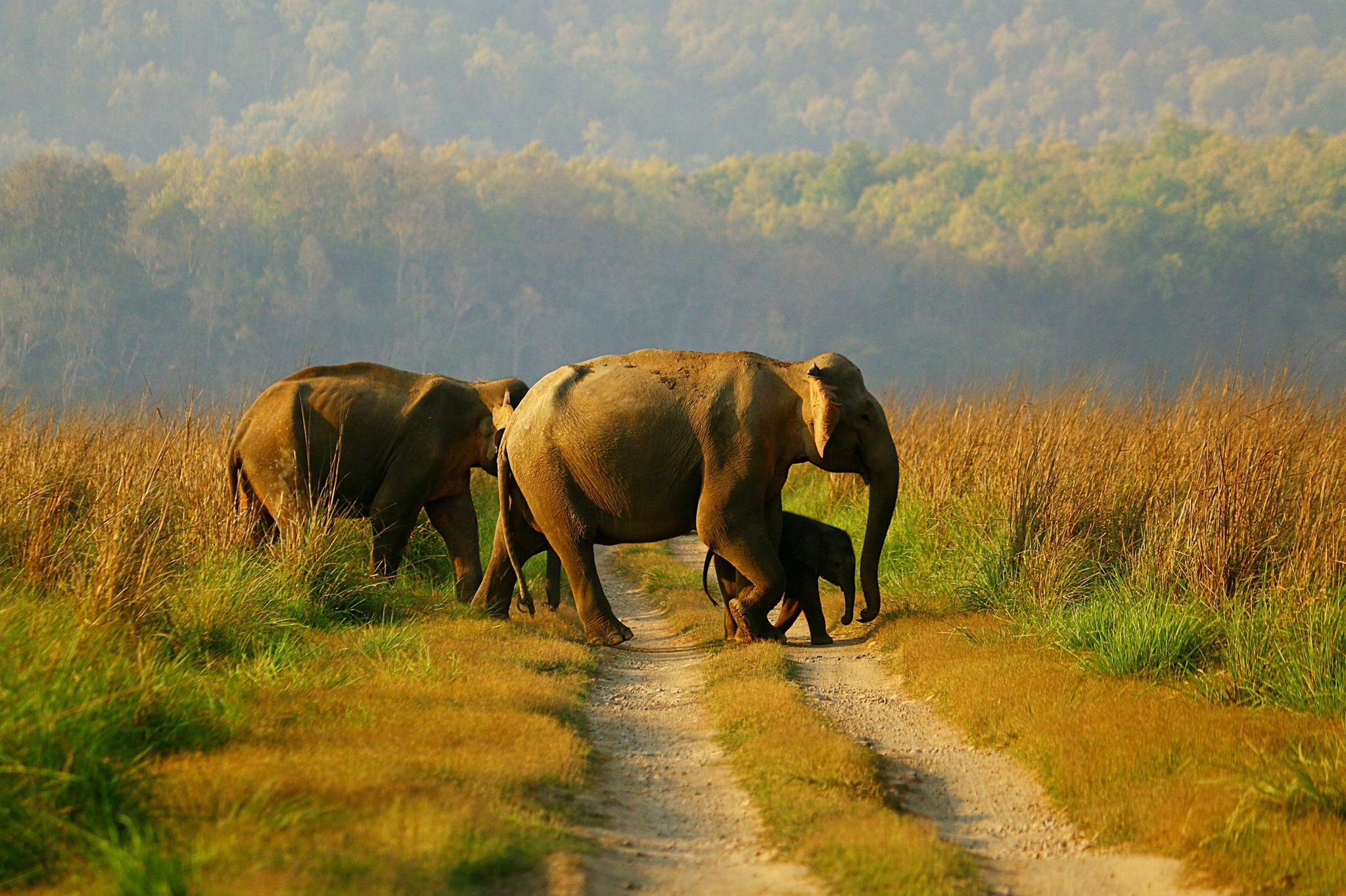NEW DELHI, Feb 1: The Supreme Court sought the Centre’s response on Wednesday on a panel’s recommendation for conferring statutory status to the proposed National Elephant Conservation Authority (NECA) for the conservation and protection of elephants.
Meanwhile, the Ministry of Environment, Forest and Climate Change (MoEFCC), through Additional Solicitor General (ASG) Aishwarya Bhati, informed the bench headed by Chief Justice DY Chandrachud that due to its “concerted efforts”, the elephant population in the country has climbed to 29,964, according to the 2017 census.
The bench, also comprising justices PS Narasimha and JB Pardiwala, referred to the recommendations of the 2010 “Gajah” committee report and sought the reply of the MoEFCC on whether the NECA can be accorded statutory status on the lines of the National Tiger Conservation Authority (NTCA), which is successfully running the “Project Tiger” campaign.
“The MoEFCC shall specifically respond to the recommendation made in the Gajah committee report on conferment of statutory status on the proposed body, namely the National Elephant Conservation Authority (NECA),” the bench said in its order.
The top court, in its significant order, also directed the states to furnish the requisite information to the MoEFCC on issues such as the number of elephant corridors identified and the fatality data of the animals from 2009 to 2022.
It asked the Centre to obtain the requisite information from the States and Union territories and file a report to it on the steps taken so far for the conservation and rehabilitation of elephants in pursuance of the Gajah committee’s recommendations.
During the hearing, the ASG referred to an affidavit of the MoEFCC and said, “Elephant habitats are being consolidated across India and the elephant reserves area has increased to 77,705.42 square kilometres in the country.”
She said the MoEFCC provides technical and financial assistance to the states for the protection and conservation of elephants and their habitats, adding that an amount of Rs 223.14 crore has been released to various states and Union territories under the centrally-sponsored Project Elephant scheme in the last 10 years.
“There are 32 notified elephant reserves across India, comprising 77,705.42 square kilometres, and about 88 corridors have been identified and the verification and validation process for the same is underway in consultation with the state governments,” Bhati said.
The states have to report the “total number of elephant corridors identified in the country, total number of elephant corridors notified with specific details about their areas and locations and the number of electricity or power transmission lines passing through protected areas or reserves, priority areas and identified corridors”, she added.
On January 5, 2022, the top court had sought the responses of the Centre and others on a public interest litigation (PIL) matter filed by Gurugram resident Prerna Singh Bindra, highlighting elephant deaths due to electrocution.
The PIL has sought directions with an immediate effect for the insulation of the high-voltage power transmission lines passing through protected areas (wildlife sanctuaries, national parks, community reserves and conservation reserves), elephant reserves, the identified elephant corridors and known areas of elephant movement.
The plea has referred to the data tabled by the MoEFCC before Parliament, which shows that 333 of the 510 elephant deaths related to conflict with humans between 2014-15 and 2018-19 were caused by electrocution. In other words, nearly two-thirds of all unnatural elephant deaths were caused by electrocution.
More recent data submitted in the Lok Sabha by the central ministry shows that these numbers have been steadily increasing — from 56 deaths due to electrocution in 2016-17 to 81 fatalities in 2018-19 — the plea has pointed out.
“The sheer number of elephant deaths due to electrocution detailed hereinafter goes on to show the collective failure of the respondents in honouring the constitutional mandate of safeguarding the forests and wildlife of the country.
“The petitioners most respectfully submit that the problem of elephant deaths due to electrocution needs urgent intervention of this court, lest the consequences may prove to be disastrous for the environment and may precipitate the extinction of the Asian elephant,” the plea has said.
It has also sought directions to the MoEFCC to effectively implement the relevant recommendations of the Gajah committee report.
The report, published in 2010, contained elaborate recommendations for improving the management of wild and captive elephants in India. (PTI)


